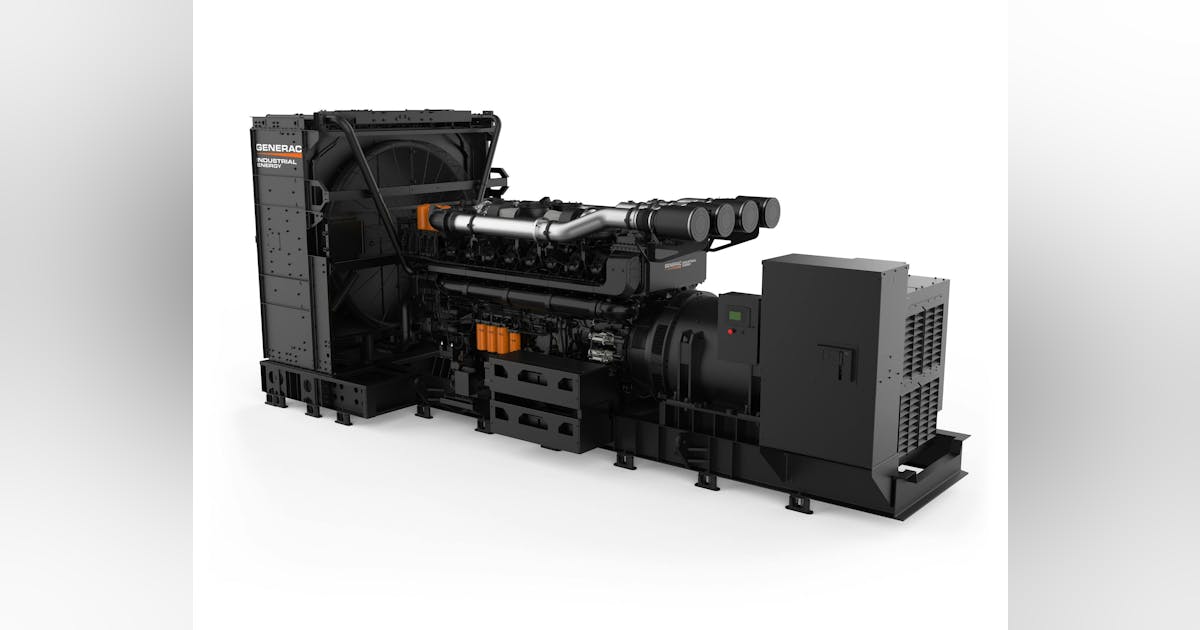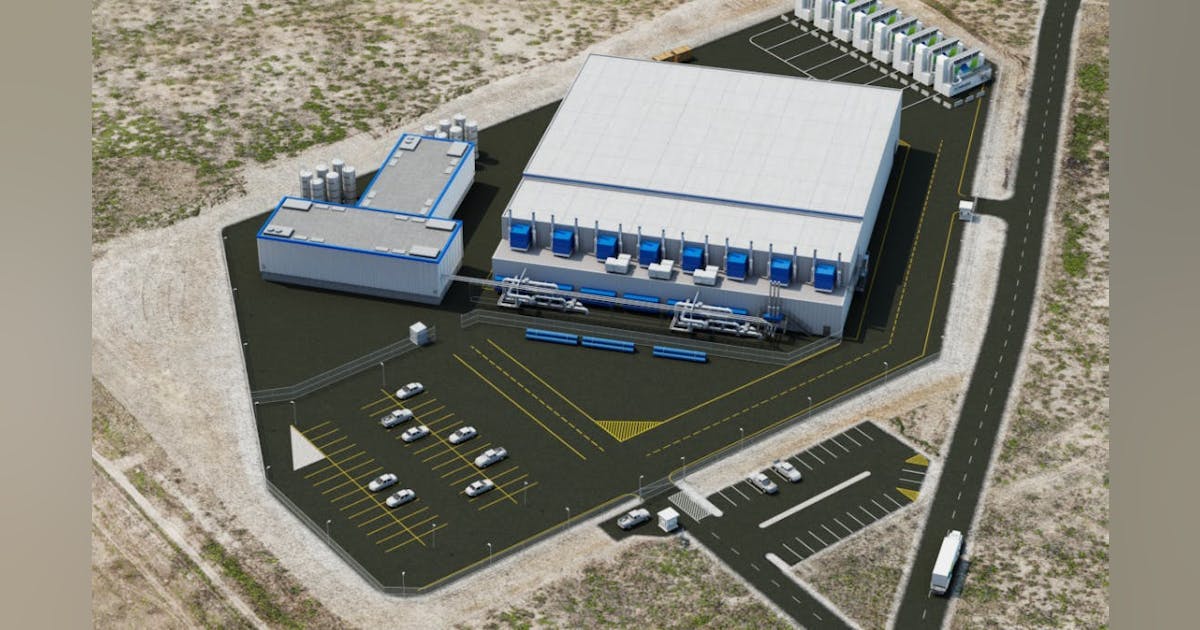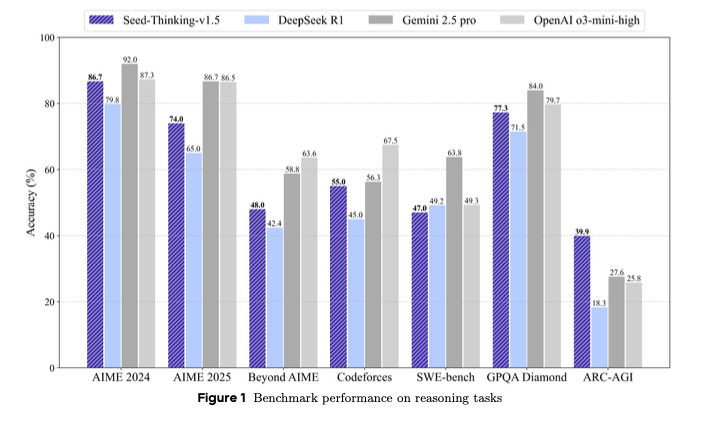
A pipeline that will be used to transport carbon to be buried in a depleted North Sea gas field has been awarded planning consent.
An application for the Viking CCS pipeline submitted by energy firm Harbour Energy was granted official development consent by the Secretary of State for Energy Security and Net Zero.
The 34-mile (55km) pipeline between Immingham and the Theddlethorpe gas terminal on the Lincolnshire coast is a key plank in the project, which is one of the UK’s so-called “track 2” CCS projects awaiting further support from government. The other is Acorn at Peterhead.
Its backers have estimated the project could unlock £7 billion of investment across the Humber region by 2035, with 10,000 jobs during construction and £4bn in economic value forecast by the end of the decade.
The consent marks some progress as concern grows that delays to CCS plans may risk the UK failing to meet net zero targets.
Harbour had initially envisaged making a final investment on the Viking scheme decision last year. The North Sea producer has since focused on developing oil and gas production internationally following its $11.2bn acquisition of Wintershall Dea. It has also since withdrawn from another UK CCS project.
The UK’s track 1 CCS projects including HyNet in the North West of England and the East Coast Cluster in Teesside were backed with £21.7 billion in government support over 10 years.
The onshore, buried pipeline will transport CO₂ captured from the industrial cluster at Immingham on the first stage of its journey out to the Viking reservoirs via an existing 75-mile (120km) pipeline, the Lincolnshire offshore gas gathering system (LOGGS), with plans for a further new 13-mile (20km) spur line.
The Viking fields could store up to 300m tonnes of CO₂, with the system handling up to 10m tonnes a year by 2030.
In a statement, Harbour noted the development consent order had been granted.
It added: “The Viking CCS network could provide at-scale high-capacity CO2 transportation infrastructure, transporting and securely storing over 50% of Humber emissions.”





















